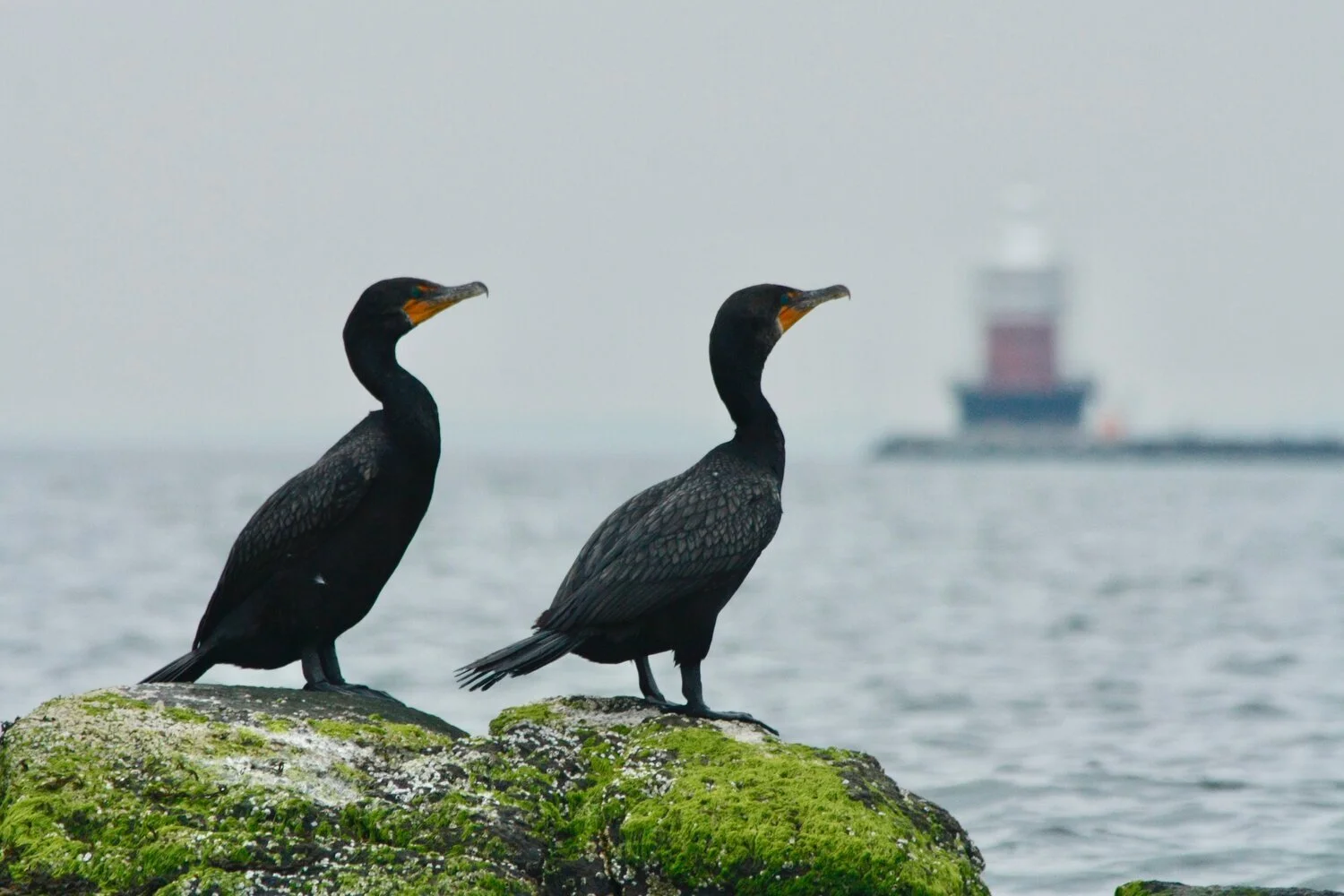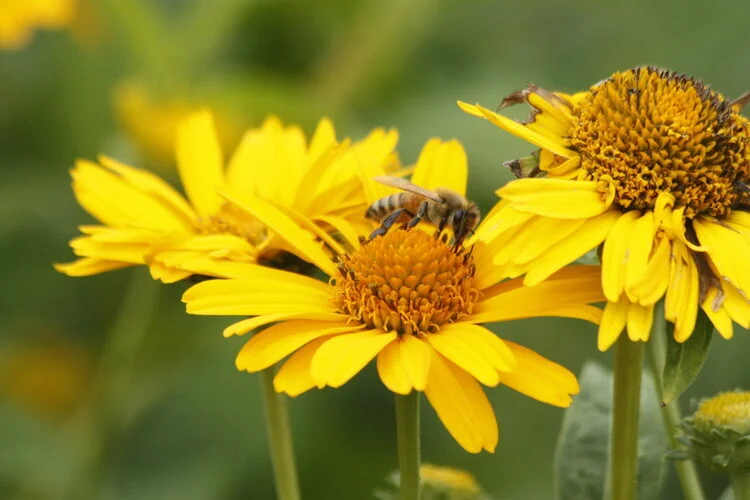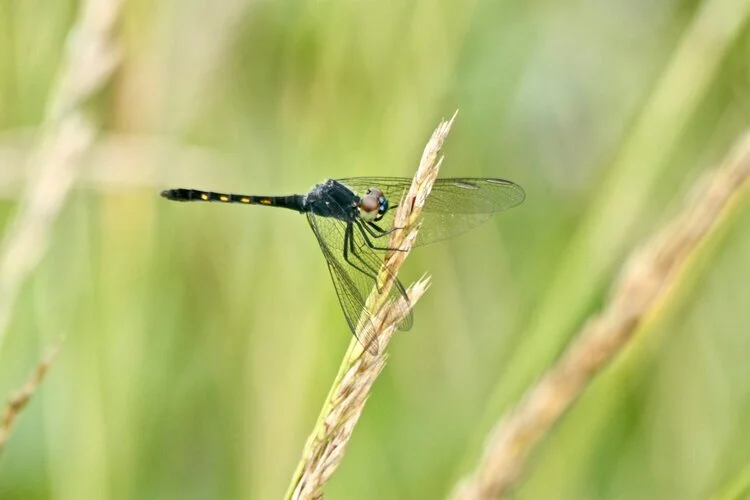Local Wildlife Weekly #5: Double-crested Cormorant
/The double-crested cormorant, Phalacrocorax auritus, is one of our most common waterbirds. Standing atop pilings and buoys, black wings spread like some fallen angel, cormorants do not receive the admiration egrets, osprey, and other coastal species do: one could call them the “dark horse” of our local avifauna.
Read More





















